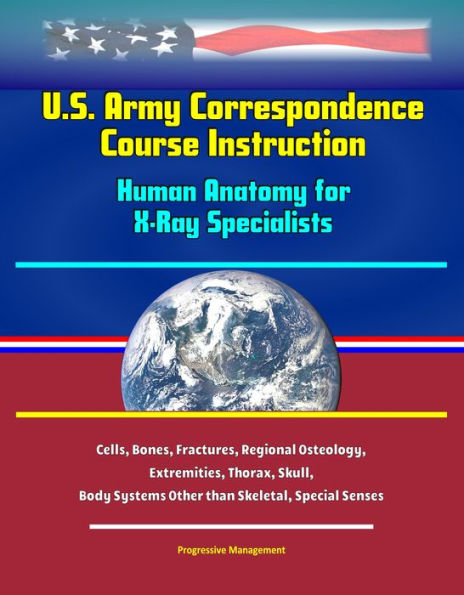5
1

U.S. Army Correspondence Course Instruction: Human Anatomy for X-Ray Specialists - Cells, Bones, Fractures, Regional Osteology, Extremities, Thorax, Skull, Body Systems Other than Skeletal, Special Senses

U.S. Army Correspondence Course Instruction: Human Anatomy for X-Ray Specialists - Cells, Bones, Fractures, Regional Osteology, Extremities, Thorax, Skull, Body Systems Other than Skeletal, Special Senses
8.99
In Stock

Product Details
| BN ID: | 2940164890612 |
|---|---|
| Publisher: | Progressive Management |
| Publication date: | 04/25/2021 |
| Sold by: | Smashwords |
| Format: | eBook |
| File size: | 6 MB |
About the Author
From the B&N Reads Blog
